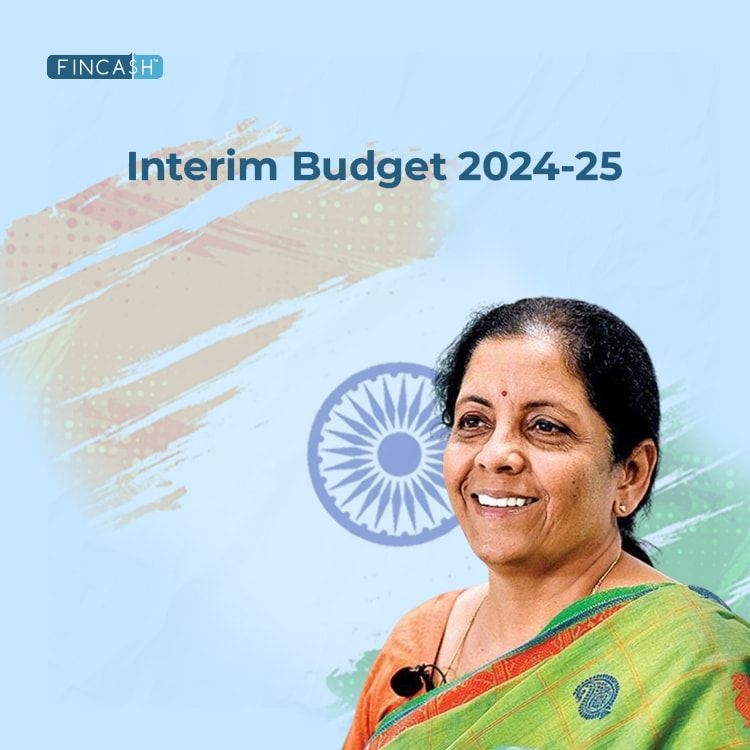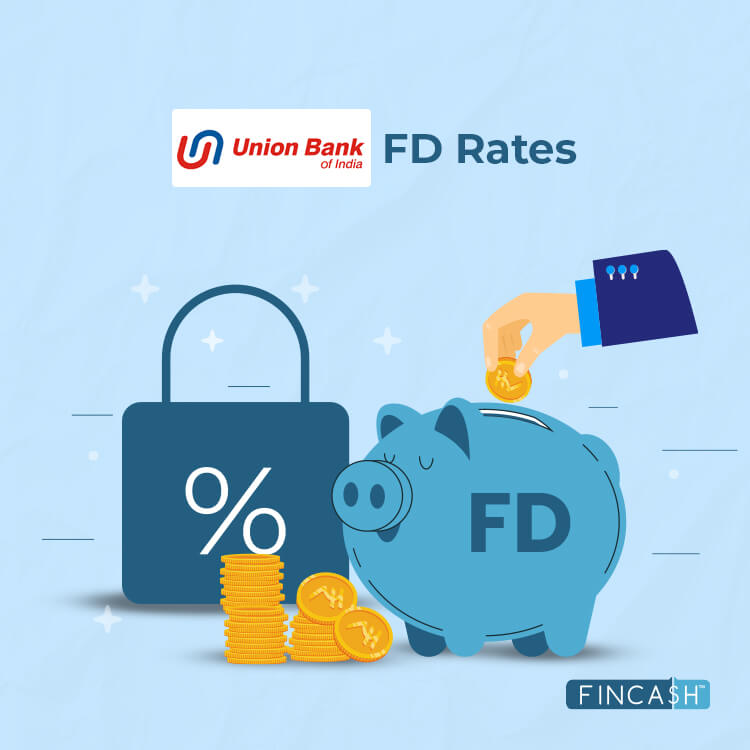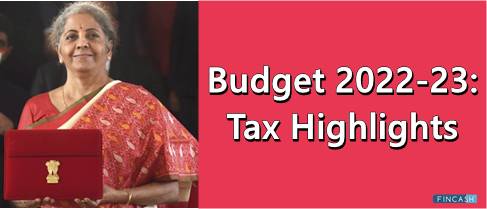
Table of Contents
Winners and Losers After Union Budget 2025: A Detailed Analysis
The Union Budget 2025, presented by Finance Minister Nirmala Sitharaman on February 1, 2025, introduces significant changes aimed at stimulating Economic Growth and addressing various sectoral needs. Here's a detailed analysis of the winners and losers emerging from this budget.
Winners of Union Budget 2025
Middle-Class Taxpayers
The budget proposes raising the income tax exemption threshold from ₹8,074 to ₹14,800, aiming to increase savings and consumption among the middle class.
Agriculture Sector
A new high-yield crop program targets 17 million farmers, aiming to boost agricultural productivity and Income.
Renewable Energy Sector:
The budget includes investments in the Energy Sector, with a notable Nuclear Energy Mission to achieve 100 GW of nuclear power by 2047.
Losers of Union Budget 2025
Luxury Goods Importers
Despite reductions in some Import tariffs, the Agriculture Infrastructure Development Cess (AIDC) has been increased on certain products, ranging from 5% to 70%, affecting luxury cars and other high-end items.
High Net-Worth Individuals (HNIs)
The budget proposes increased surcharges on income above specified thresholds, reducing the ability to minimize tax liabilities.
Talk to our investment specialist
Sector-Specific Impacts
Technology
The budget allocates significant resources towards Artificial Intelligence (AI), digital infrastructure, and cybersecurity, aiming to position India as a global tech hub.
Healthcare
Increased investments in public health infrastructure, medical research, and digital health platforms highlight the government's focus on healthcare resilience.
Education
The budget prioritizes skill development, digital learning platforms, and modernization of educational institutions to bridge the skill gap and promote employability.
Macroeconomic Outlook
The Union Budget 2025 projects robust GDP growth, supported by fiscal consolidation measures. The fiscal deficit target has been set to a manageable level, balancing growth with fiscal discipline. Inflation control measures, including supply chain improvements and targeted subsidies, aim to stabilize prices.
Global Investor Perspective
Budget 2025 enhances India's global economic positioning through FDI-friendly policies and improved ease of doing business rankings. Incentives for foreign investors, simplified regulatory frameworks, and strategic trade partnerships are designed to attract global Capital and boost economic growth.
New Tax Regime for FY 2024-25
The budget proposes revised tax rates, with income up to ₹12 lakh attracting zero income tax under the new tax regime.
Key Takeaways
Positive Impact: Simplified taxation, growth in investment opportunities, consumer-friendly measures, sector-specific boosts, and strong support for green energy.
Challenges: Increased compliance for businesses, higher Taxes for HNIs, Industry-specific regulatory changes, and the impact on traditional energy sectors.
Final Thoughts
The Union Budget 2025 aims to balance economic growth with fiscal responsibility. While it offers several benefits to taxpayers, investors, startups, and the green energy sector, business owners, HNIs, and traditional energy companies may face new challenges. Staying informed and adapting to these changes will be key to navigating the post-budget landscape. For more updates on Budget 2025 and expert financial insights, stay tuned to our blog!
All efforts have been made to ensure the information provided here is accurate. However, no guarantees are made regarding correctness of data. Please verify with scheme information document before making any investment.











